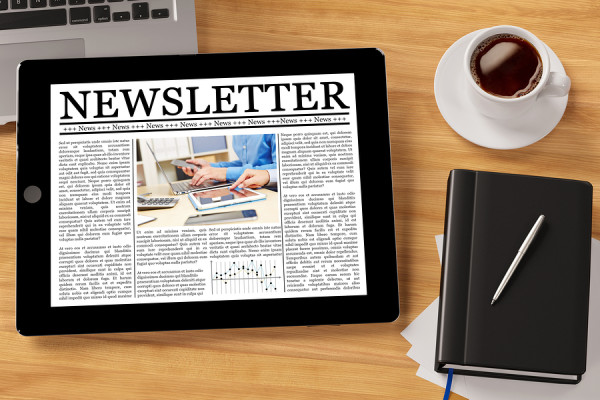 What’s the best kept secret of a newsletter bio? As I mentioned in my last post, your bio on your blog or website About page should be current and tell a story, rather than be a resume written in the third person. The same is true for an email newsletter bio.
What’s the best kept secret of a newsletter bio? As I mentioned in my last post, your bio on your blog or website About page should be current and tell a story, rather than be a resume written in the third person. The same is true for an email newsletter bio.
Unfortunately, I see many coaches and consultants use their resumes for their sidebar bio. (“Dr. Smith has 20 years experience in strategic planning and holds an MBA from Harvard, etc.”)
Then there are those who go to the other extreme: They tell too much about their achievements and come across like an ego-maniac.
While everyone wants to know about who you are as the author of an email newsletter, mostly they want to know “what’s in it for me.” (WIIFM)
Here’s the secret: When you write your bio, pretend you are talking to someone. Use the pronoun ‘I’ and speak with your readers like you would a favorite client. Use the pronoun ‘you’ often. (Unless, of course, you’re a large firm with multiple authors.)
When clients ask me for guidelines on how to craft their newsletter bio, I share my 5 steps for writing a good bio/marketing message for an e-newsletter:
- What problem do you solve?
Start with a question or statement about the challenges and needs of your readers. This will draw them into reading your bio. It is better to lead with “what’s in it for them” than to start off talking about you and your accomplishments. - Offer Help
Tell them something they may not know. This can be implied.
“Did you know that 9 out of 10 people I speak with have a misperception about X?”
“There are solutions. Sometimes simple, sometimes complex. It’s important to know you can access help without incurring huge costs.” - Who Are You?
Next, tell them who you are and what you can do to help solve their challenges. Let them know what kinds of people you work with, and how long you’ve been helping them. Don’t try to sound too good. People have antennae for hyperbole. Read your bio out loud to see if it sounds authentic. - Got results?
Then tell them about your biggest success, your client results, your education, and perhaps something personal if you’d like.
If you have any stats this is where you would include them. (“After only 6 months, one client reported greater productivity, less stress, and improved revenues of 20%. While this may depend on many factors, in general, most of my clients report similar satisfaction in xyz….”) - Call to Action
Next, give your contact information that you want clients to use to contact you: telephone, email, web site and social media links.
If you want clients to call you, be specific and tell them to call or email you. People will respond more frequently when you spell it out for them.
This might seem like a lot for a small space. Remember to keep the focus on the reader and how you can help them. You need to let them know you’re a credible expert with appropriate experience, education and qualifications, but beyond that, it’s all about the reader, their problems, and your availability to help them.
Let me know if you have questions.














Recent Comments